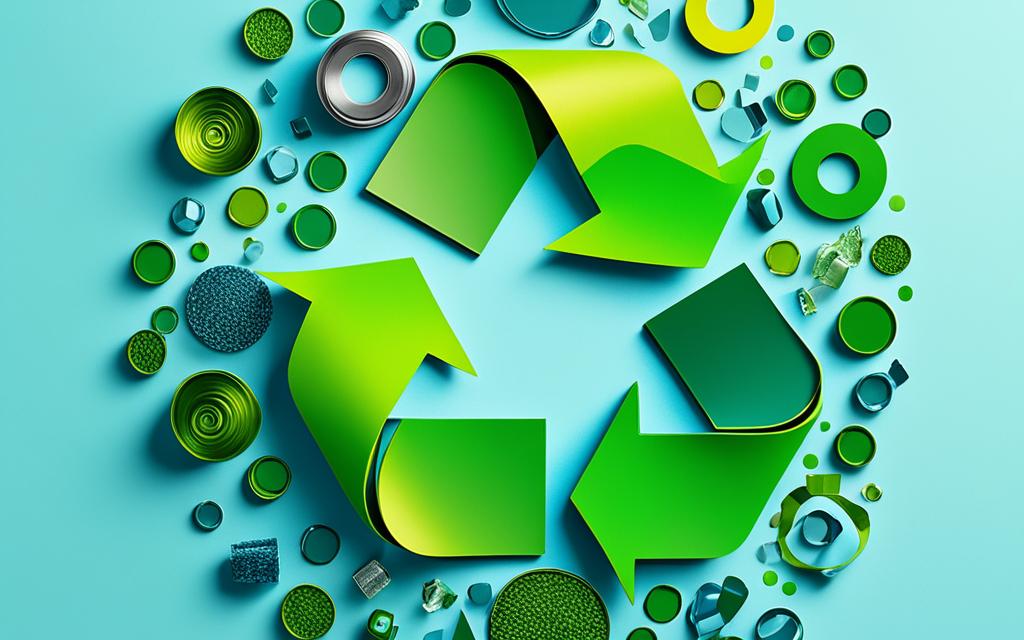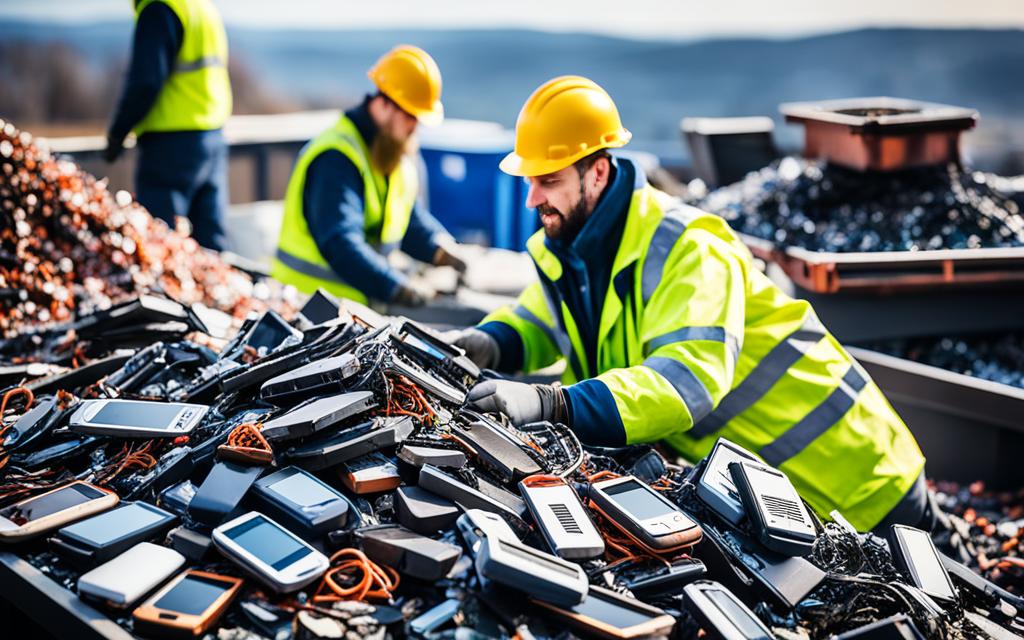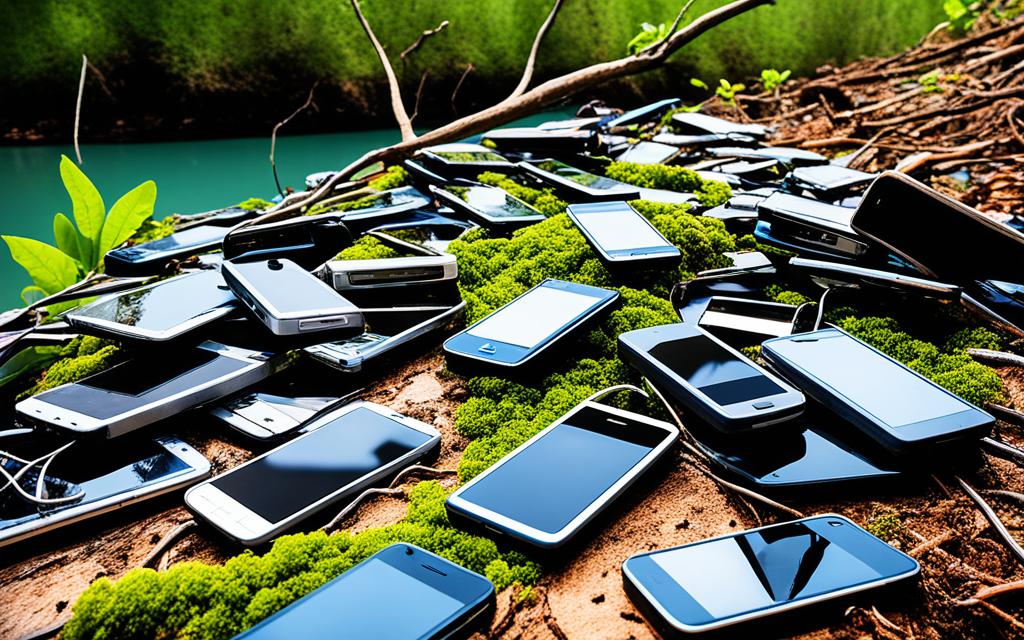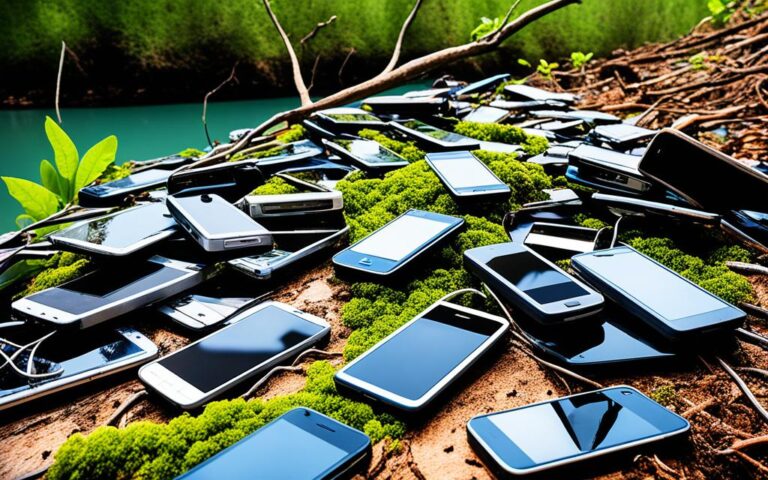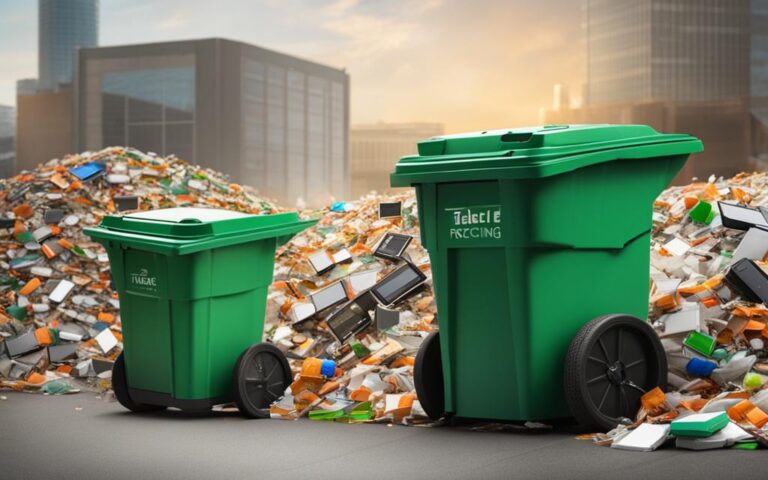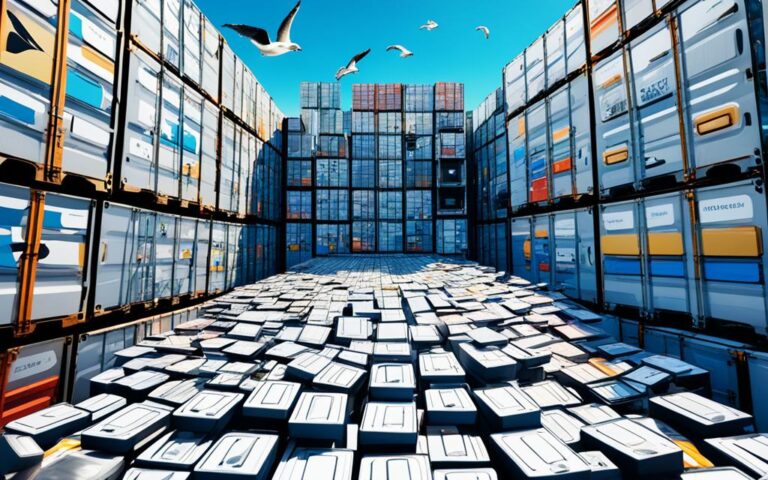The Significance of Rare Metals in Phones and Tablets Recycling
In today’s rapidly advancing technological era, rare metals play a pivotal role in the production of phones and tablets. These devices have become an integral part of our lives, enabling communication, entertainment, and access to information. However, the extraction and processing of rare metals come at a significant environmental cost, threatening the sustainability of our planet.
Rare metals, such as lithium, cobalt, and neodymium, are crucial components that make our phones and tablets lighter, faster, and smarter. They contribute to the miniaturization and performance enhancements, allowing us to enjoy sleeker designs and advanced features. Yet, the current methods of mining and processing these metals result in pollution, toxic waste, and irreversible damage to ecosystems.
To address these challenges and conserve resources for future generations, recycling electronics, specifically phones and tablets, holds immense significance. By recycling these devices, we can recover rare metals and incorporate them into the manufacturing of new products. This approach reduces the demand for freshly mined metals, minimizes environmental degradation, and promotes a more sustainable future.
By embracing rare metals recycling, we contribute to the development of a circular economy, where resources are conserved, reused, and recycled. This shift towards sustainability fosters innovation and paves the way for a greener and more responsible technology industry. It allows us to harness the full potential of our devices while minimizing the negative impacts on the environment.
Through responsible recycling practices and a collective commitment to sustainability, we can conserve resources, reduce waste, and innovate for a brighter future. Let’s embrace the significance of rare metals recycling in phones and tablets and drive positive change for our planet and future generations.
The Environmental Hazards of Rare Earth Metal Mining and Processing
Rare earth metals are predominantly mined and processed in China, where environmental regulations are less stringent compared to other countries. This has led to significant environmental hazards associated with the extraction and processing of these valuable metals.
One of the most common mining methods for rare earth metals is open pit mining. This technique involves excavating large open pits to access the mineral deposits. However, the process releases radiation, dust, and metal particles into the environment. These pollutants can spread through the air and contaminate nearby ecosystems, posing a threat to both flora and fauna.
The refining process of rare earth metals requires the use of corrosive acids and carcinogenic toxins. The metals are separated from other elements through complex chemical processes that generate a substantial amount of toxic waste. In fact, for every ton of rare earth metals processed, approximately 2,000 tons of toxic waste is produced.
This toxic waste, if not properly managed, can contaminate the air, ground, and water sources, leading to severe environmental degradation. The release of harmful chemicals into the environment not only poses risks to ecosystems but also has detrimental effects on human health.
“The environmental hazards associated with rare earth metal mining and processing cannot be overstated. The unrestricted release of radiation, toxic waste, and pollutants threatens fragile ecosystems and compromises the well-being of communities near mining sites.”
Ecosystems near rare earth metal mining sites are particularly vulnerable as they become exposed to toxic waste. Soil and water pollution can lead to the accumulation of heavy metals in plants, animals, and humans, resulting in long-term health risks and ecosystem imbalance. Additionally, radiation exposure can have serious implications for both human and wildlife populations in the vicinity of these mining operations.
Environmental Hazards of Rare Earth Metal Mining and Processing:
| Environmental Hazard | Impact |
|---|---|
| Release of radiation | Potential health risks, ecosystem disruption |
| Generation of toxic waste | Contamination of air, soil, and water sources |
| Soil and water pollution | Accumulation of heavy metals in ecosystems |
| Health risks | Long-term implications for human and wildlife populations |
The environmental hazards associated with rare earth metal mining and processing highlight the urgent need for sustainable practices and stricter environmental regulations. It is crucial to find alternatives and innovative solutions that minimize the environmental impact and ensure the responsible extraction and processing of these valuable resources.
The Growing Demand for Rare Earth Metals
In the age of technological advancements and the need for greener alternatives, the demand for rare earth metals is on the rise. These metals, known for their unique properties, play a crucial role in the production of various electronic devices and are vital components of green technologies such as wind turbines and electric vehicles.
One of the notable applications of rare earth metals is in the production of wind turbines. These towering structures harness the power of wind to generate clean and renewable energy. In fact, each wind turbine requires up to 600 kilograms of rare earth metals, highlighting their pivotal role in the development of sustainable energy sources.
Electric vehicles, another emblem of green technology, heavily rely on rare earth metals. These metals are used in the manufacturing of electric motors, batteries, and other essential components of electric vehicles. As the shift towards electric mobility continues, the demand for rare earth metals is projected to grow exponentially.
Not only do rare earth metals contribute to the advancement of technology and green solutions, but they also play a significant role in the production of solar panels. These panels harness sunlight and convert it into electricity, making them an essential part of renewable energy systems. Rare earth metals, particularly in the form of thin-film photovoltaic technologies, enable the efficient capture and conversion of solar energy into usable electricity.
The growing demand for rare earth metals is evident in the statistics. By 2030, the projected demand for these metals is expected to reach a staggering 315,000 tonnes. This increase is driven by the continuous development of innovative technologies and the global commitment to reduce carbon emissions and combat climate change.
| Application | Amount of Rare Earth Metals Required |
|---|---|
| Wind Turbines | Up to 600 kilograms per turbine |
| Electric Vehicles | Varies depending on the vehicle model |
| Solar Panels | Depends on the size and technology of the panels |
The increasing demand for rare earth metals presents both opportunities and challenges. While these metals are essential for technological advancement and the transition towards cleaner energy sources, their extraction and processing come with environmental and social implications. As we continue to embrace innovation, it is crucial to find sustainable solutions, such as responsible sourcing and recycling, to minimize the environmental impact and ensure the long-term availability of these valuable resources.
The Importance of Responsible Sourcing and Recycling
With the increasing demand for rare earth metals, it is essential to focus on responsible sourcing and recycling in order to reduce environmental impact and promote a circular economy. The extraction and processing of rare metals can have detrimental effects on the environment and society, including exploitation and child labor.
By sourcing metals locally, we can reduce the need for extensive mining operations that often result in the destruction of ecosystems and displacement of communities. Local sourcing also helps in promoting ethical labor practices and ensures that the materials used in electronic devices are obtained responsibly.
Implementing a circular economy approach is another crucial aspect of responsible sourcing. This approach aims to minimize waste and maximize the lifespan of products and materials through recycling and reuse. By recycling electronics, we can conserve valuable resources, reduce the demand for mining, and prevent electronic waste from ending up in landfills or being improperly disposed of.
“Responsible sourcing and recycling play a significant role in reducing our environmental and social costs. It is important for businesses and consumers alike to take responsibility for their actions and contribute to a more sustainable future.” – Emily Carter, Sustainability Expert
Recycling electronic devices not only helps conserve resources but also reduces the environmental impact associated with the extraction and processing of rare earth metals. It prevents the release of harmful substances into the environment, such as toxic chemicals and heavy metals, which can contaminate soil, water, and air.
Furthermore, responsible sourcing and recycling contribute to the development of a circular economy, where resources are reused and recycled, minimizing waste and reducing the need for new raw materials. This approach fosters sustainable economic growth and ensures long-term environmental and social sustainability.
| Benefits of Responsible Sourcing and Recycling |
|---|
| Reduces environmental impact |
| Conserves valuable resources |
| Minimizes the need for extensive mining |
| Prevents the release of harmful substances |
| Fosters a circular economy |
| Promotes ethical labor practices |
Conclusion
Rare metals play a vital role in driving technological innovation and advancements. However, their extraction and processing have significant environmental consequences. To mitigate these impacts and promote sustainability, it is crucial to prioritize rare metals recycling and responsible sourcing practices. By doing so, we can reduce the demand for rare earth metals and minimize their environmental footprint.
Recycling electronics is a key solution to conserving precious resources and reducing the need for extensive mining operations. By adopting sustainable practices in the electronics industry, we can ensure that valuable rare metals are incorporated back into the production cycle, rather than being discarded as waste. This circular economy approach not only reduces environmental impact but also creates economic opportunities and promotes a greener future.
Furthermore, responsible sourcing practices are essential to ensure that the extraction of rare metals is conducted ethically and without exploitation. By sourcing metals locally and supporting transparent supply chains, we can prevent environmental degradation and social injustice associated with mining operations. Together, these efforts contribute to a more sustainable and equitable world.
Ultimately, by embracing rare metals recycling and sustainable practices, we can pave the way for a better future. By reducing the demand for rare earth metals and minimizing their environmental impact, we can preserve valuable resources, protect ecosystems, and create a more sustainable planet for generations to come.
FAQ
What are rare earth metals?
Rare earth metals are a group of 17 elements that are crucial for making technology lighter, faster, and smarter. They are used in the production of various electronic devices, including cell phones and tablets.
What are the environmental consequences of mining and processing rare earth metals?
Mining and processing rare earth metals have severe environmental consequences. The most common method, open pit mining, releases radiation, dust, and metal into the environment. The refining process requires large amounts of corrosive acids and carcinogenic toxins, resulting in about 2,000 tons of toxic waste for every ton of rare earth metals processed. This waste contaminates air, ground, and water, posing a significant threat to ecosystems and human health.
How is the demand for rare earth metals growing?
The demand for rare earth metals is growing due to the rise in technology and the need for green technologies. They are crucial components in electronic devices and play a vital role in the production of wind turbines, electric vehicles, and solar panels. For example, one wind turbine requires up to 600 kilograms of rare earth metals. As technology continues to advance, the demand for rare earth metals is projected to reach 315,000 tonnes by 2030.
Why is responsible sourcing and recycling important?
Responsible sourcing and recycling are important to reduce the demand for rare earth metals and minimize their environmental impact. Mining for rare metals can have detrimental environmental and social impacts, including exploitation and child labor. By sourcing metals locally and implementing a circular economy approach, we can minimize waste and reduce environmental and social costs. Recycling electronics also plays a significant role in conserving resources and reducing the need for mining.
How can recycling electronics contribute to a better future?
Recycling electronics is crucial for conserving resources and promoting sustainability. By recycling electronic devices, we can reduce the demand for rare earth metals and minimize their environmental impact. This helps to create a better future for our planet by reducing waste, conserving resources, and reducing the need for mining.

